
Waterproof, windproof and breathable; that's how we need our jackets to behave in the mountains whether we are climbing, hillwalking, earning our turns on the slopes, running or biking. We need to be warm went it is cold, cool when we are exerting ourselves and dry at all times.
Working hard in the mountains builds up a head of steam that can leave you, and your mid and base layers drenched in sweat. Once that happens, and you either stop moving or the temperature drops, you get cold.
The Breathable Fabric World According To GORE
Way back in 1978 Robert W. Gore and partners introduced the outdoor world to 'breathable' GORE-TEX® fabric. Prior to this rain jackets were made from a two-layer sandwich, a nylon or polyester outer coated with a water-impermeable inner layer of polyurethane (PU). Great at keeping water out but also keeping your sweat in; waterproof but not breathable. The rain stayed out but your inner ecosystem was aquatic. The result was that you soon got cold and uncomfortable. Not a problem if you are out for a short while, but if you are out in the middle of nowhere, on a misty mountain or alpine face, your performance is reduced and in some cases things can get serious.
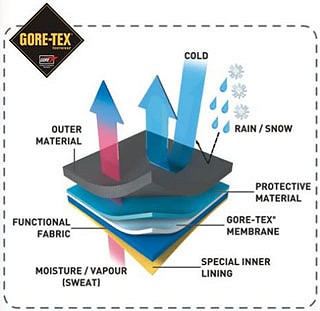
GORE-TEX® fabric attempted to solve this by replacing the PU with a Teflon (expanded Polytetrafluoroethylene or ePTFE) membrane layer that has has around 1.4 billion pores per square centimeter. These pores are approximately 1/20,000 the size of a water droplet, so they are impenetrable to rain and wind but allow water vapor, sweat, out; rain doesn't come in but sweats gets out. An inner layer of thin PU was added to protect the pores of the breathable Teflon layer from being clogged up by oils and dirt from the body. This is all bonded to a nylon or polyester face fabric which provides the structure, durability and feel to your jacket. Then on top of this is a DWR coating (durable water repellent), usually a Fluoropolymer, it is hydrophobic (hates water) which adds water resistance to the outer face of the laminate, the water beads off, and prevents the face fabric from being saturated with water, called 'wetting out' which would reduce waterproofness and significantly reduce breathability.
For GORE-TEX® fabric to work - for water vapour to pass out of these layers several things have to happen. Your body temperature has to rise and you have to start to sweat. Your sweat condenses on the protective inner PU layer and saturates it, then your rise in body temperature evaporates the water on the PU layer and it starts to pass through the porous ePTFE membrane through the face fabric and DWR to the outside of the jacket.
This works best, breathability is increased, when there is a temperature and moisture gradient between the inside and outside of the jacket. This is why GORE-TEX® works better in cold and dry conditions - cold alpine faces or polar climes - than in wet and warm humid conditions found in say the Lake District or the forests of Borneo. Breathability is increased when the gradient is warm and moist to cold and dry, rather than warm and wet to warm and wet.
The Direct Venting Of eVent
One of the other popular 'breathable' fabrics is eVent, made by General Electric (GE). eVent uses an expanded PTFE membrane except it does away with the inner protective PU screen by coating the ePTFE fibres with PU. The breathable membrane is still protected by PU but the pores are uncovered and open. There is no PU layer that needs to get saturated, water vapour and air can pass straight out of the fabric. GE call this direct venting, it doesn't require a build up of moisture internally for the water vapour to pass out off the fabric, in their words, it is always on.

GE are no longer marketing eVent but are making several of their breathable laminate technologies available to outdoor companies to use as is or adapt with a companies own proprietary technology in their shells, and this coming August Mountain Hardwear are launching a range of outdoor wear based on GE's membrane technology and Mountain Hardwear's own innovations, which they are calling DryQ.
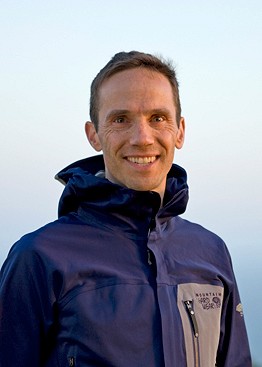
The Gaylord Advantage
Now, GORE are well established and their marketing is the envy of the outdoor world, eVent has many advocates and was used by several outdoor companies but GE couldn't match the marketing of GORE. However Mountain Hardwear, who are owned by Columbia now have Topher Gaylord at the helm. Topher is an ultra runner and until recently was head of The North Face, he joined the TNF in 1993 and was responsible for much of TNF's success (more about Topher) . Expect no less from him at Mountain Hardwear and the emergence of DryQ.
Earlier this year Jack Geldard went on a DryQ press event in the Alps ( report) and the sun shone, of course. Now it was my turn and I joined Mountain Hardwear in a wet and windy Langdale with Mountain Hardwear athletes Neil Gresham, Tim Emmett and fresh from his ninth time up Everest, Kenton Cool. We, me and a gaggle of outdoor journalists, were there at the invitation of Bradshaw-Taylor who distribute Mountain Hardwear in the UK.
Toby Davies who manages Mountain Hardwear in the UK took us through the new DryQ family of fabrics. But before we go there Toby made an interesting point which peaked my interest: How does the consumer decide which waterproof jacket to buy?
Is it persuasive marketing, brand loyalty, word of mouth recommendations, the fit, price, fashion, their own personal experience, gear reviews (some gear reviewers also have brand loyalty and some media advertising departments put subtle and sometimes overt pressure on gear reviewers) or do consumers read vigourous scientific tests on water proof jackets; such studies are few and far between.
Mountain Hardwear did an excercise to exemplify this problem, they photoshopped the logos off several images of well known outdoor shells including one of their own, and nobody could really tell the difference. Most top end jackets look remarkably similar; they are all made from 'breathable fabrics', conform to this seasons 'colourway', they all have ergonomic laser cut shapes, wired hoods and laminated peaks, napoleon and alpine pockets, fleecy chin guards, articulated angel-wing arms, rip-and-stick adjustable cuffs, welded or taped seams, pit zips, zip garages etc
Mountain Hardwear decided to start from the ground up, using GE membrane technology and their own fabrics, and they have designed a family of garments for different outdoor activities that they say are 100% durably waterproof, up to twice as breathable as other breathable fabrics, are air permeable that prevents clamminess and work immediately to keep you cool and dry.
Meet the DryQ Family

Traditional waterproof-breathable systems work by moving moisture out through the shell fabric. the trouble is, you have to get hot before they start working. That means waiting until you're clammy and damp before the breathability kicks in.
Dry.Q Elite doesn't make you wait. It's air-permeable membrane allows air - not just moisture - to pass outward through the fabric. That always-on air flow won't wait for you to get hot first. With Dry.Q, breathability and comfort starts the moment you put on your jacket.

Designed for high intensity, forward motion activities.
Introducing lightweight stretch performance for Active Sports! High-output activities require high-performance clothing. Waterproof-breathable protection combined with stretchy, lightweight materials, and body-mapped designs minimize drag, weight and bulk, and maximize freedom of movement.
By combining the functionality of performance clothing with the protection of an alpine-proven, waterproof-breathable system, Dry.Q Active lets athletes push aerobic sports deeper into the backcountry.

Designed to meet the demands across a broad spectrum of users.
Dry.Q is our core waterproof-breathable technology with performance standards that meet or exceed industry standards for durability of windproofness, waterproofness and breathability. Designed to last, it's the only waterproof-breathable that's been extensively tested to ensure the durability of it's breathability.
Versatile enough to work with the lightweight fabrics in our Mountain series and extremely durable trekking and backpacking shells, Dry.Q also excels in day-to-day rainwear.
The Mountain Hardwear DryQ Elite Drystein Jacket
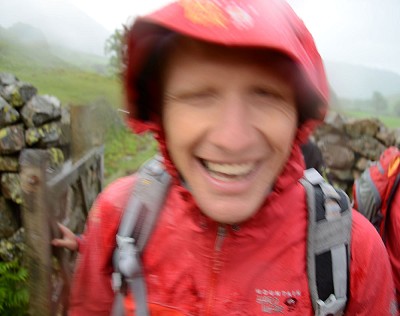
For this preliminary test event in Langdale we were each given a Mountain Hardwear Drystein jacket. This is their top technical alpine jacket using DryQ Elite and is being launched in Autum 2011. It retails at £360.
The Drystein jacket has an alpine cut for climbing, mountaineering and skiing. It is long on the arms and short at the waist, so that you have full arm movement and it works whilst wearing a harness - the two side welded pockets sit above your harness waist belt whilst the hem sits below your waist belt giving some overlap protection and access to the hem draw cords. It has one small chest or napolean pocket that sits high so is accessible if wearing a pack or chest harness. It has one interior mesh pocket. All zips are waterproof and there is no need for zip flaps.
The hood is spacious and easily fits a helmet, has a generous peaked brim and has two single-pull adjustment cords situated on the back of the hood to reduce the hood volume, and one to cinch the brim tight. The hood can be stowed using a roll away flap. There is a chamois-lined chin guard to eliminate zipper chafe.
The main body and shoulders of the jacket are constructed of Dry.Q Elite 40D 3-Layer, with the front torso panels having a micro-fleece backing, with the side panels and under arms made from Rebar Ripstop Softshell. So this is a stretchy hybrid jacket, part hard shell, part soft shell; or what Mountain Hardwear call Micro Climate Zoning, meaning that different parts of the jacket are made from different materials because the body generates heat at different rates on different parts of the body.
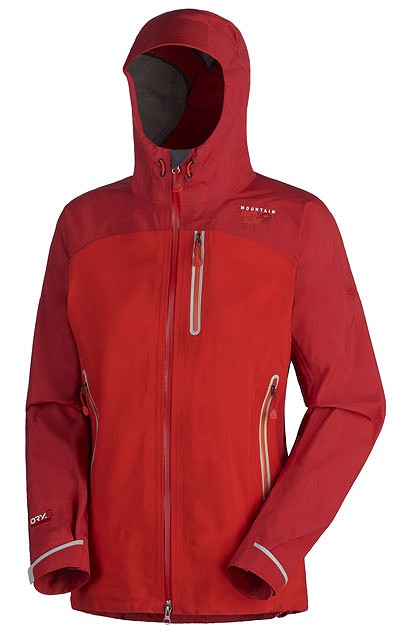
There are no pit zips, as the underarm panels are water resistant stretchy soft shell panels and hence very breathable. (Just to throw another paramater into the confusing mix, air permeability or flow is measured by CFM, cubic foot per minute passing through one point, waterproof fabrics have low air permeability typically around zero or up to 0.5 cfm whereas softshells can range from 5 to 60, with your standard fleeces going up to 250) .
The DWR (durable water repellent) on the exterior of the jacket is 80wash DWR, meaning that after 20 washes the jacket retains 80% of its DWR. I'm not sure if that means 20% of the DWR vanishes are that the DWR is 80% effective after 20 washes.
The jacket weighs in at 605g for me and 561g for women.
OK, does it all work? Don't know yet. This was more of a meet and greet Mountain Hardwear's DryQ system rather than a full blown gear review of which there will be several at UKC over the coming months.
Guided by Steve Ashworth from the EpiCentre and mountain guide Paddy Cave, accompanied by Cool, Emmett and Gresham we scampered up to Raven Crag behind the Old Dungeon Ghyll in cold and cloudy conditions. Rain threatened as we scrambled up the dangerous descent of Raven Crag and up up all the way to the summit of Harrison Stickle, about a mile in distance and just over 1,200 ft in elevation gain; enough activity to break a sweat. On cue, the heavens opened on our descent, good Langdale drizzle. I stayed dry and warm, for the duration, and so did everyone else. But one outing does not make a gear review.
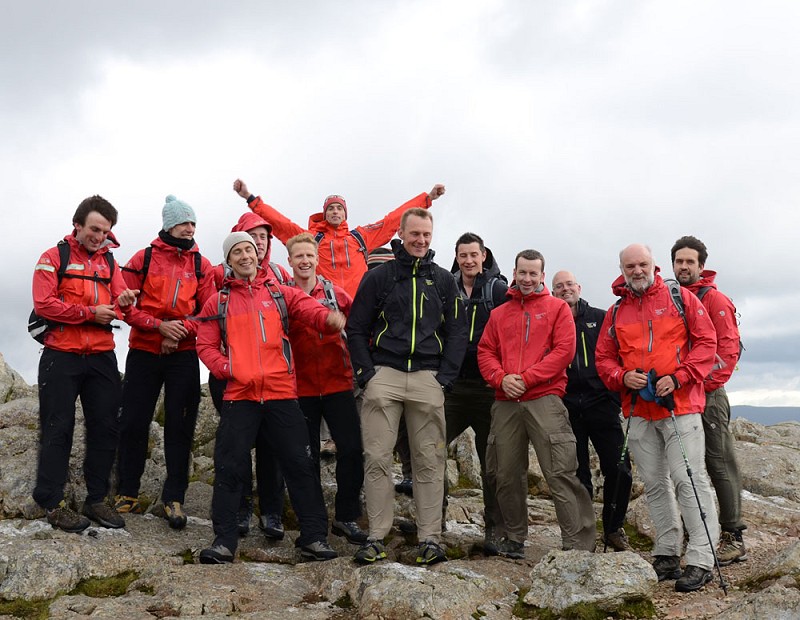
Will It All Make Sense? Will It Make A Difference?
DryQ does look very promising indeed, but faces some stiff competition. As you are probably aware, GORE have launched Active Shell and Polartec have launched NeoShell. All are claiming to be the most breathable and waterproof fabrics out there, and all are suited to very active outdoor activities like climbing. Another to add into this mix is Pertex Shield being launched, initially with RAB, in Spring 2012.
If they do all live up to expectations, that is good news to all active outdoor people, innovation just to create a unique selling point to please the consumer often creates superfluous features, but if through a combination better design and better fabrics something special is created, that may mean better performance and comfort.
However there is a real challenge here. We so many different breathable and waterproof fabrics and jackets for different activities it's all going to get very confusing. Some how the message of what does what and what is appropriate for what activity has to be communicated to those thinking of buying a new jacket, so that we can make an informed buying decision. There will be lots of marketing claims by manufacturers, your going to need to put trust in the retailer and the outdoor media and you have to make sense of it all.
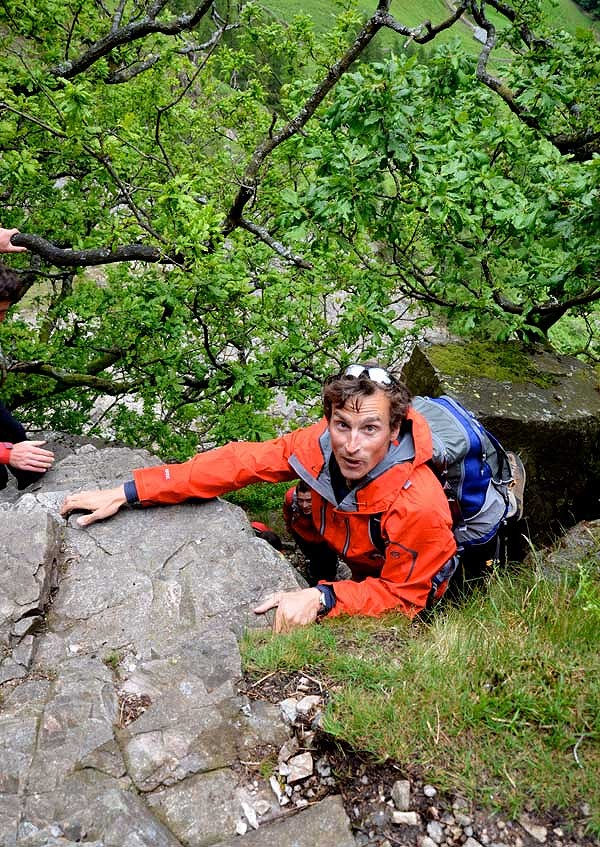
Related Articles
- Mountain Equipment Firelite Jacket Gore-tex Active Shell reviewed by Jon Morgan
- Polartec NeoShell - A New Breathable and Waterproof Fabric
- New Gore-tex Active Shell: The Most Breathable Waterproof Fabric Ever? by Sarah Stirling - UKC/UKH
COMP: 8 GORE-TEX Active Shell Jackets To Be Won
Want to test one of the new generation of breathable jackets? Eight of them are up for grabs in our UKC Competition.
Click here to enter: COMP: 8 GORE-TEX Active Shell Jackets To Be Won
Mick Ryan's last gear article was: A Visit to Sterling Rope in Maine: How Ropes Are Made
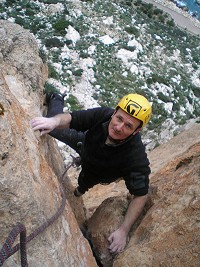
About Mick Ryan
Mick Ryan is the Senior Editor at UKClimbing.com. He has established over 100 new routes, many of them bolt routes, on Yorkshire and North Wales limestone in the UK, in Spain and in New Hampshire, California and Nevada in the USA. He established over 400 boulder problems around Bishop, California. He was author of the Yorkshire Limestone and Islands In the Sky a guidebook to climbing on Las Vegas and Great Basin Limestone with Dan McQuade and Randy Leavitt both published by Rockfax guidebooks, and is co-author, with Wills Young of Bishop Bouldering published by Wolverine Publishing .

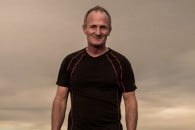

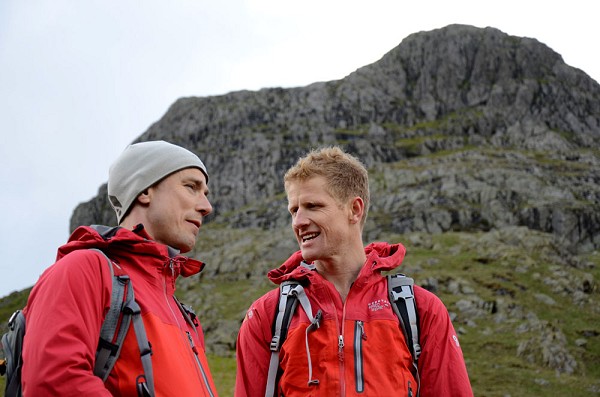
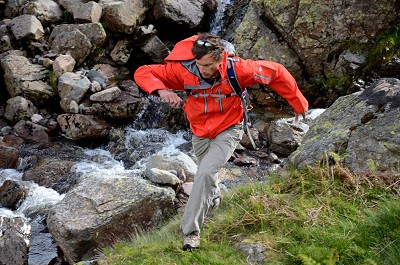
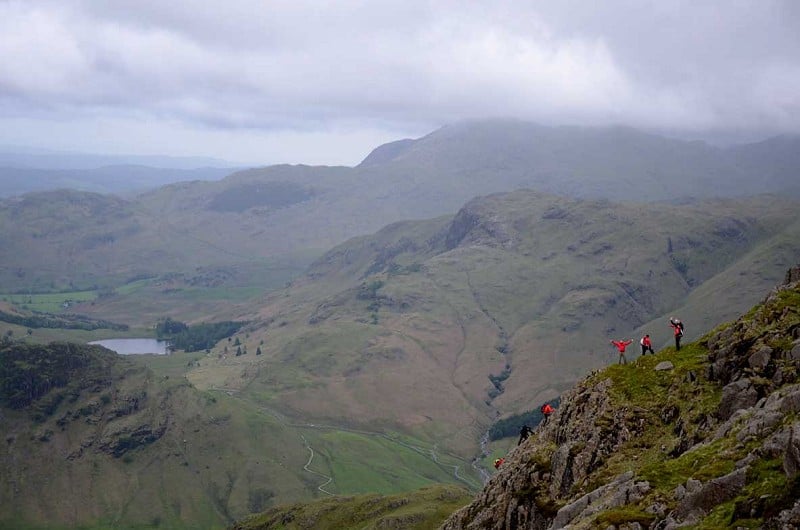
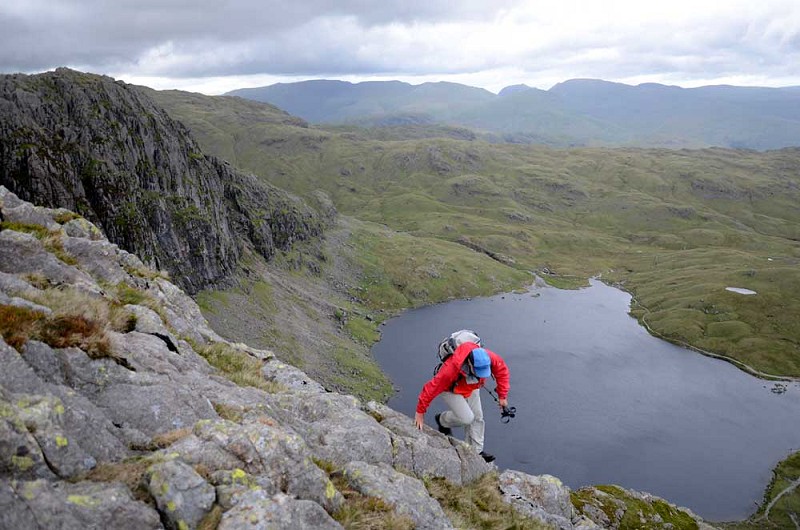
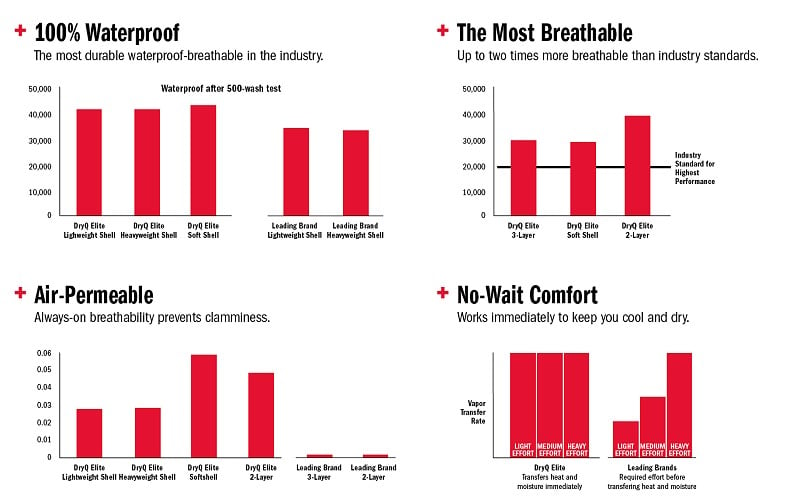
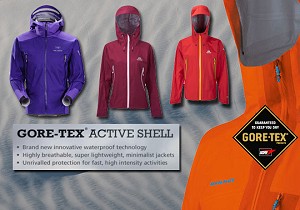

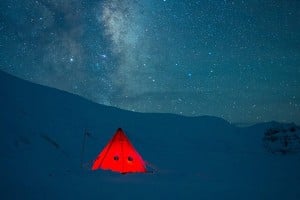
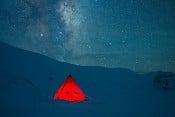
Comments